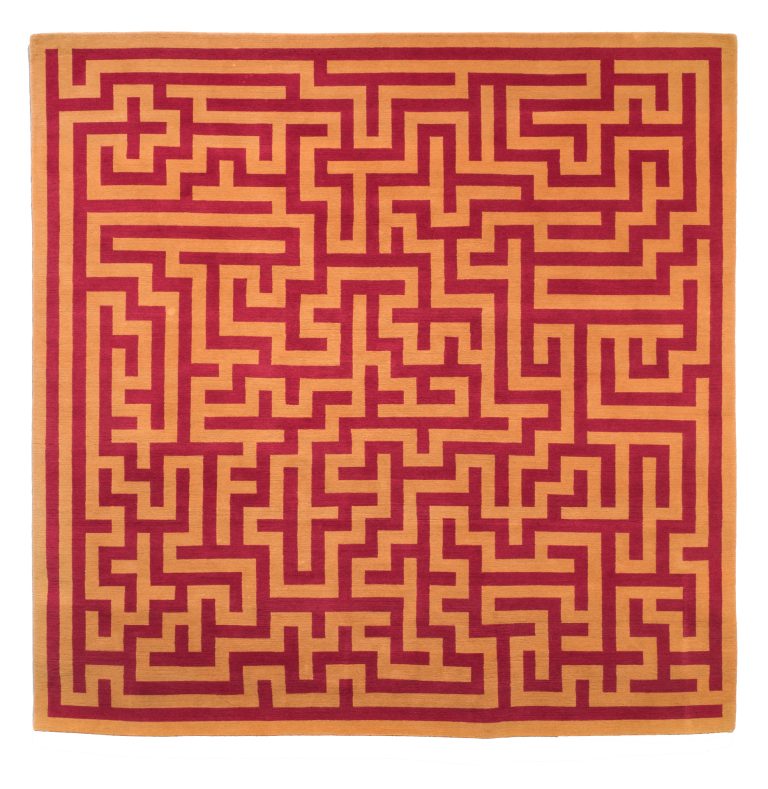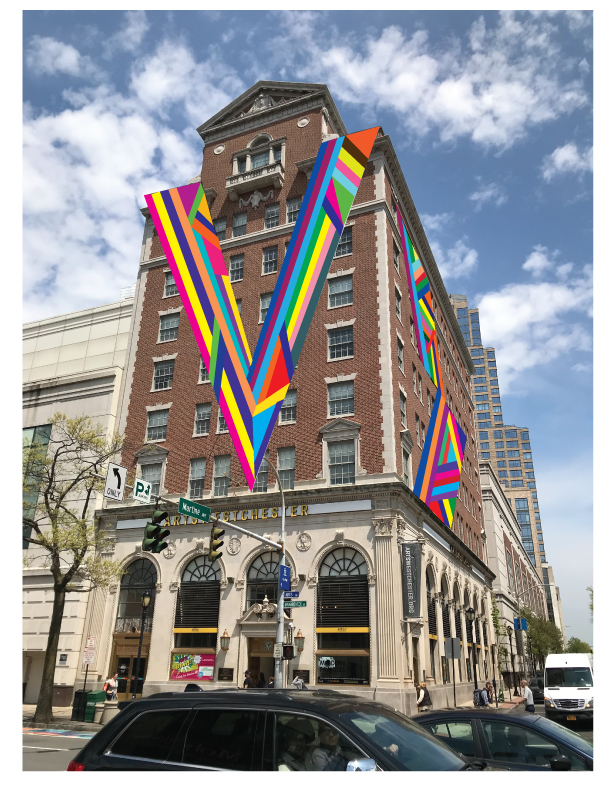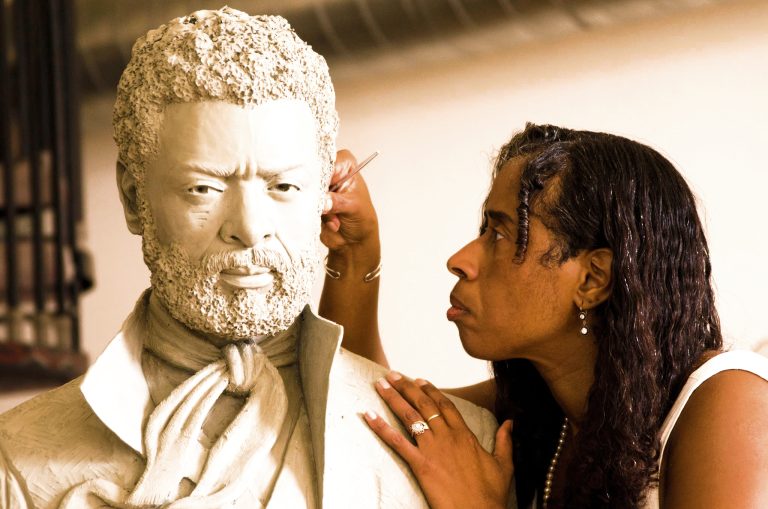The Artistic Friendships of Cornell, Johnson and Kusama Explored
As massive inflatable likenesses of artist Yayoi Kusama and her signature polka dots take over major capitols around the world through a collaboration with Louis Vuitton – and the line of gallery-goers wraps around the corner of the David Zwirner Gallery for a view of the artist’s newest work – an intimate exhibition featuring the artist’s work stands tall in Westchester.
Katonah Museum of Art (KMA)’s Miniature Worlds: Joseph Cornell, Ray Johnson, Yayoi Kusama explores artist Joseph Cornell’s friendships with both Kusama and artist Ray Johnson. A visual conversation is on view between friends and artists who shared mixed media and collage techniques and explored common subject matters like birds, the night sky, games and astronomy. But while Kusama is a hot name at the moment, really the framework of the exhibition focuses on Joseph Cornell who, a generation older, was a lynchpin and motivator for Kusama and Johnson, both of whose works were wildly inventive for their time.
Still, there couldn’t be a more important time to contemplate the friendships, visual motivations and themes of Kusama’s formative years in New York than now, when the fame of the 93-year-old artist is larger than life. The new show at KMA gives us a window into the mind of famously reclusive Kusama in her early years in America by presenting her in relation to two other significant artists, one her contemporaries and one her inspirations.
Although they were a mismatched pair, Cornell, who is twenty-six years older than Kusama, played a significant role in her life and her art. While clearly paying homage to Cornell in her work, Kusama developed a distinct style and originality of her own: she transforms the square frame often seen in Cornell’s work into amoeba-like compositions filled with life energy, as if she is saying ‘you can’t cage me’ with her every art making. The works on view highlight the artist’s use of humor and sexuality, as well as her obsession with dots as a motif and healing technique that helps her deal with anxiety, hallucinations and neurosis.
He also inspired Johnson as well, with collage and assemblage playing a major role in their artistic collections. Curator Emily Handlin points out in her catalog essay that the two “shared a view of human existence as both spiritual, immortal and infinite, in which materiality (and death) is illusory and ephemeral, and in which everything is connected and can only he seen through those connections.” She also says that, for both, “the medium of collage was a necessary and personal spiritual practice.” Though the two didn’t meet until Johnson moved to Long Island in 1968, Cornell’s work inspired him before his move, and long after Cornell’s death.
Miniature Worlds: Joseph Cornell, Ray Johnson, Yayoi Kusama is on view at the Katonah Museum of Art through June 25. This unique look at the connections and artwork of three pioneering artists offers important insight into the creative process and artistic underpinnings of each.

About ArtsWestchester
For more than 50 years, ArtsWestchester has been the community’s connection to the arts. Founded in 1965, it is the largest, private, not-for-profit arts council in New York State. Its mission is to provide leadership, vision, and support, to ensure the availability, accessibility, and diversity of the arts. ArtsWestchester provides programs and services that enrich the lives of everyone in Westchester County. ArtsWestchester helps fund concerts, exhibitions and plays through grants; brings artists into schools and community centers; advocates for the arts; and builds audiences through diverse marketing initiatives. In 1998, ArtsWestchester purchased the nine-story neo-classical bank building at 31 Mamaroneck Avenue which has since been transformed into a multi-use resource for artists, cultural organizations, and the community. A two-story gallery is located on the first floor of ArtsWestchester’s historic building on Mamaroneck Avenue.
For more than 50 years, ArtsWestchester has been the community’s connection to the arts. Founded in 1965, it is the largest, private, not-for-profit arts council in New York State. Its mission is to provide leadership, vision, and support, to ensure the availability, accessibility, and diversity of the arts. ArtsWestchester provides programs and services that enrich the lives of everyone in Westchester County. ArtsWestchester helps fund concerts, exhibitions and plays through grants; brings artists into schools and community centers; advocates for the arts; and builds audiences through diverse marketing initiatives. In 1998, ArtsWestchester purchased the nine-story neo-classical bank building at 31 Mamaroneck Avenue which has since been transformed into a multi-use resource for artists, cultural organizations, and the community. A two-story gallery is located on the first floor of ArtsWestchester’s historic building on Mamaroneck Avenue.







